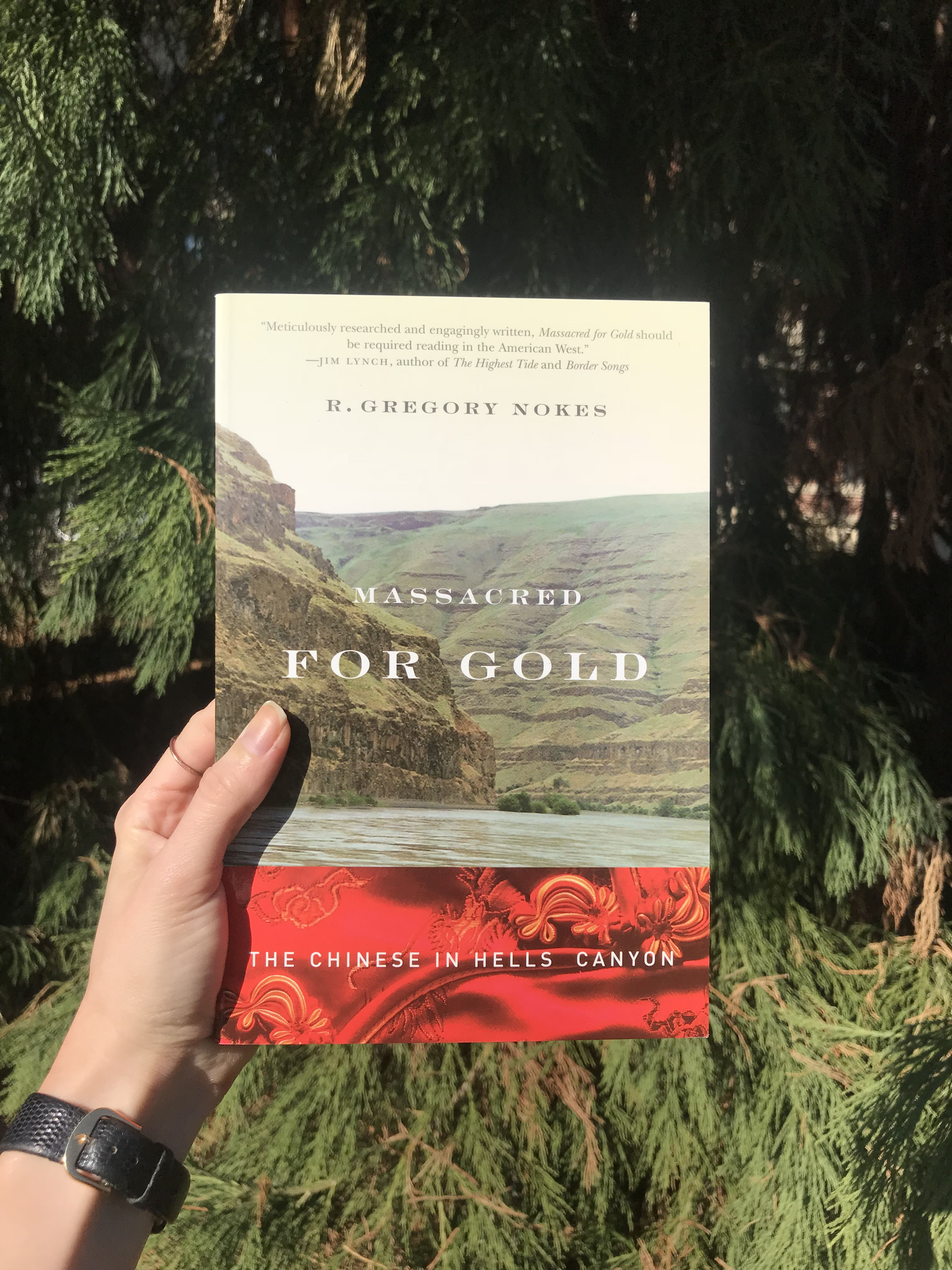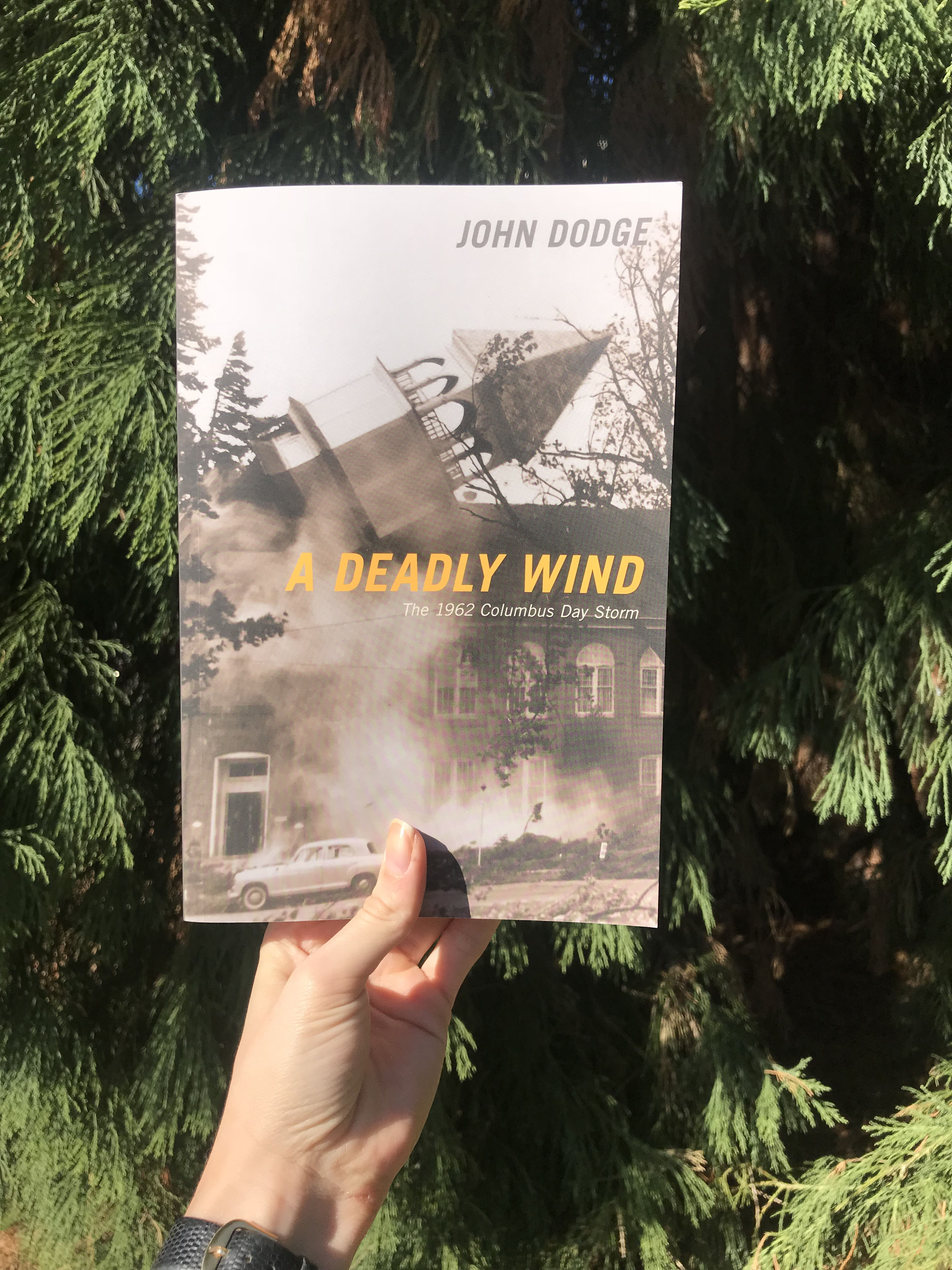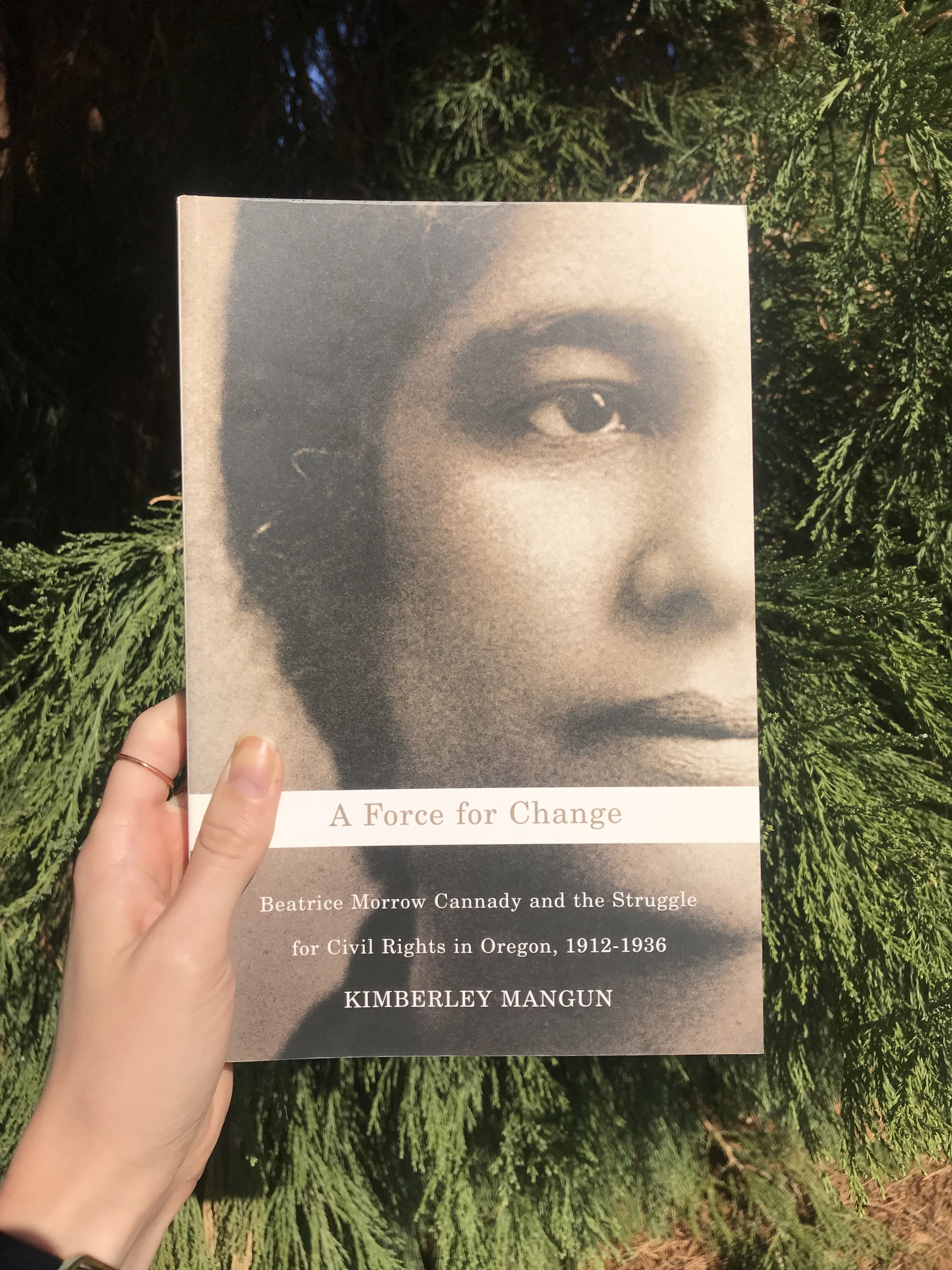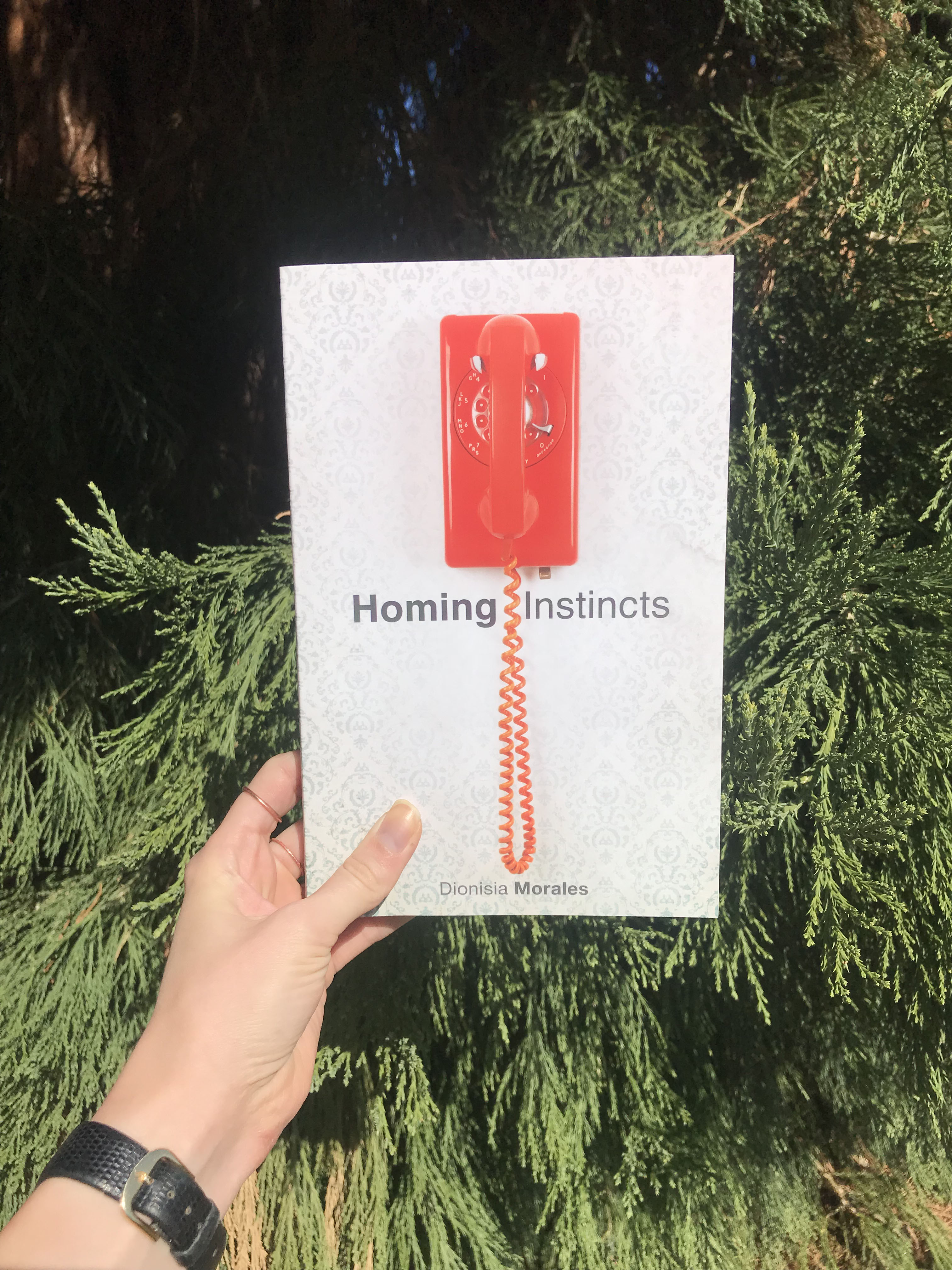Hello! Carolyn and Zoë here, writing to you from the OSU Press office!
As yearlong Griffis Publishing Interns, we contribute blogs weekly but before we take that blog wheel and drive, we’d like share a bit about ourselves and share what OSU Press books that interest us.
Zoë
I’m in my second and final year at OSU’s MFA program and currently writing my thesis, which is a collection of short stories. In terms of reading, I enjoy strange and surreal stories, and hybrid forms. I also enjoy reading cultural criticism, literary criticism, and academic texts that focus on race, feminisms, disability and illness, gender and sexuality, and trauma. I’ve lived in Los Angeles, Santa Cruz, and Oakland, and am new to the Pacific Northwest. During my internship, I’m interested in learning how a small academic press functions, specifically in terms of marketing and editing.
On my to-be-read pile are two OSU Press titles: R. Gregory Nokes’s Massacred for Gold and John Dodge’s A Deadly Wind. I’m currently listening to the audiobook of Robin Wall Kimmerer’s Gathering Moss.
Massacred for Gold by R. Gregory Nokes: Nokes utilizes his historical research to tell a story of white supremacy and white terrorism in the American West. In 1887, more than thirty Chinese laborers were massacred by a white gang on Hell’s Canyon in Oregon. The murderers went free and, for more than one hundred years, this violent history was erased, until now. Barry Lopez writes that Massacred for Gold is “an act of citizenship as much as it is a commendable work of history.”
A Deadly Wind by John Dodge: While Los Angeles is known to  be a temperate city with no weather, I became familiar with the Santa Anas and the stories shaped by these winds growing up in LA. Because I’m new to Oregon and interested in windy weather, I’m looking forward to reading John Dodge’s A Deadly Wind, which tells the history of The Columbus Day Storm of 1962 that had a devastating impact on the Pacific Northwest. Maria Ruth shares that “A Deadly Wind is part meteorology, part regional history, and part friendly warning to anyone who believes Pacific Northwest weather is all about rain and clouds.”
be a temperate city with no weather, I became familiar with the Santa Anas and the stories shaped by these winds growing up in LA. Because I’m new to Oregon and interested in windy weather, I’m looking forward to reading John Dodge’s A Deadly Wind, which tells the history of The Columbus Day Storm of 1962 that had a devastating impact on the Pacific Northwest. Maria Ruth shares that “A Deadly Wind is part meteorology, part regional history, and part friendly warning to anyone who believes Pacific Northwest weather is all about rain and clouds.”

Gathering Moss by Robin Wall Kimmerer: Ever since I’ve moved to Oregon, I’ve fallen in love with moss; I love that way it glows bright green during endless grey days. While I’m curious and want to know more about moss, I wanted to find a book that was accessible and entertaining for the non-scientific reader and now I’ve found it in the form of an audiobook. The Gathering Moss audiobook is a collection of linked personal essays read by Kimmerer and perfect for a long drive.
Carolyn
My name is Carolyn Supinka. I’m in my second year of my MFA at Oregon State University where I am studying poetry. I’m interested in poetry as a way of asking questions of myself, of relationships, of memory, and of the world. As a visual artist, I create screen prints and ink drawings that blend my writing and visual work. I am learning letterpress printing, and I am really interested in experimenting with book arts, starting with broadsizes and zines. As an OSU Press intern, I’m looking forward to learning more about the world of publishing. I think it could be a bridge between my background in arts management and my interest in working with a writing community.
My OSU Press reading list:
A Force for Change by Kimberly Mangun
I really want to learn more about Oregon history, so I’m excited to start learning about journalist and activist Beatrice Morrow Cannady. This is the first full-length study of the life and work of Cannady, who was a civil rights activist as well as a editor and publisher of Oregon’s largest African American newspaper. Cannady did so much work to advocate and protect her community, and to work towards better race relations in Oregon.
 A Hunger for High Country by Susan Marsh
A Hunger for High Country by Susan Marsh
Growing up on the east coast, I was in love with the forests that I explored throughout my life, and my love of being out in nature only grew when I moved to Oregon. I appreciated the areas of wilderness that I visited, but did not know very much about the history of the government organization connected to them. Susan Marsh’s story of working in the male-dominated US Forest Service during the 1960s and 70s is a fascinating profile of the Service, the relationship between people and the land, and struggles women face in patriarchal institutions.

Homing Instincts by Dionisia Morales
What does ‘home’ mean? Who can call a place home? Dionisia Morales explores the connections between identity and ideas of home in this beautiful collection of essays. I explore ideas of place, identity, and memory in my work, so I’m very excited to dive into Dionisia Morales’ writing, especially since she is an OSU MFA program alumnus.
